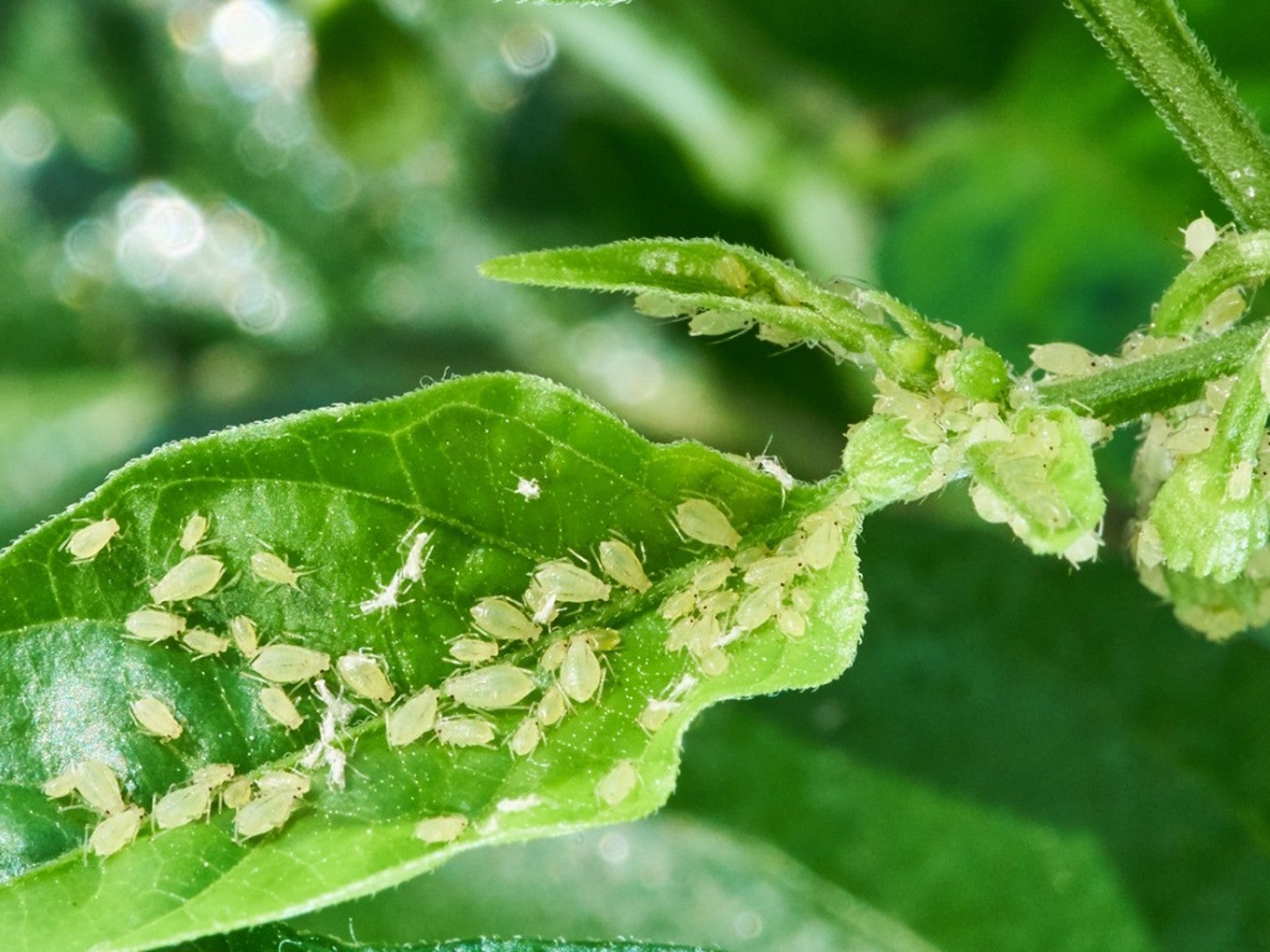Bad Garden Bugs In Nebraska, Wyoming, Montana, The Dakotas


As in other areas, destructive garden bugs in Montana, Nebraska, Wyoming and the Dakotas can devastate garden crops and challenge your skills as a gardener. If you live in these states, here are the ten most damaging bugs for your region and a list of potential pests you may find lurking among your garden plants.
Devasting Insects in South Dakota and Beyond
Aphids – Considered the most common garden pest, aphids weaken plants by sucking sap and transmitting plant diseases. Chemical control is fairly ineffective as aphids cluster on the underside of foliage. Instead, dislodge these pests with strong blasts of water from the hose and release predatory insects to keep populations in check.
Blister Beetles – Although these caustic bugs are particularly problematic in alfalfa fields, blister beetles also defoliate garden plants like peas, beans, tomatoes and potatoes. It's not advisable to handpick these insects as they produce a toxic bodily fluid that will blister skin. Instead, shake infected plants over a bucket of hot soapy water to dislodge and catch these pests. Dispose of the dead bugs and water carefully as it will contain the blister-causing agent.
Cabbage Loopers – A major pest of cruciferous vegetables, cabbage looper larvae feed on leaves and burrow into the heads of cabbage. Pheromone and light traps can reduce adult moth populations, but applications of Bt (Bacillus thuringiensis) immediately after the eggs hatch is effective against the larval stage.
Colorado Potato Beetles – Unlike what its name suggests, Colorado potato beetles are also one of most devastating Northwest, Dakotas and Nebraska insects found in the home garden. Furthermore, their reign of terror extends beyond potato plants to other members of the nightshade family. Control populations by handpicking or vacuuming adult beetles, larva and eggs from plants and soil.
Cutworms – If you're finding young plants cut off near the soil surface, the culprit is most likely a cutworm. These nocturnal feeders can be found in the soil around the base of plants during the day. Transplants and seedlings can be protected by inserting a 4 inch (10 cm.) tall cardboard ring around the plant stems.
Flea Beetles – While the larvae live underground and can damage the roots of vegetable plants, damage from adult flea beetles appears as multitudes of tiny holes chewed in the foliage. Tilling the soil in the fall and using row covers can help keep this pest from damaging garden crops.
Sign up for the Gardening Know How newsletter today and receive a free copy of our e-book "How to Grow Delicious Tomatoes".
Grasshoppers – These hungry pests eat twice their weight every day and prefer some of the tastiest garden crops including beans, carrots, lettuce, onions and sweet corn. A backyard flock of chickens or ducks can keep these bugs under control, but applying a garlic spray can also be effective.
Mexican Bean Beetles – Problematic in gardens east of the Rocky Mountains, these Dakota, Nebraska, Wyoming and Montana insects skeletonize the leaves of legumes, okra and eggplants. Prevent populations from overwintering in the garden by tilling under plant debris in the fall.
Thrips – These tiny insects pierce foliage and feed upon plant fluids. Their damage can be identified by the silver speckling and white patches on leaves. Controlling thrips can be difficult, but using sticky strips, neem oil or insecticidal soaps can help. Clean up garden debris, especially onions, to prevent overwintering.
Tomato Hornworms – These large caterpillars can be as scary as they are damaging. This larval stage of hummingbird moths can quickly defoliate tomato plants. Picking caterpillars off plants and tilling the soil in the spring are the best methods of control.
Additional Nebraska, Wyoming, Montana, South and North Dakota Bugs
- Aspargus Beetles
- Black Grass Bugs
- Bumble Flower Beetles
- Cottony Maple Scales
- Cucumber Beetles
- Diamondback Moths
- European Earwigs
- Frit Flies
- Green June Bugs
- Harlequin bugs
- Hollyhock Weevils
- Japanese Beetles
- Leafhoppers
- Potato Psyllids
- Purple Carrot Seed Moths
- Rose Curculios
- Sap Beetles
- Slugs
- Spider Mites
- Squash Bugs
- Squash Vine Borers
- Tomato Fruitworms

Laura Miller has been gardening all her life. Holding a degree in Biology, Nutrition, and Agriculture, Laura's area of expertise is vegetables, herbs, and all things edible. She lives in Ohio.